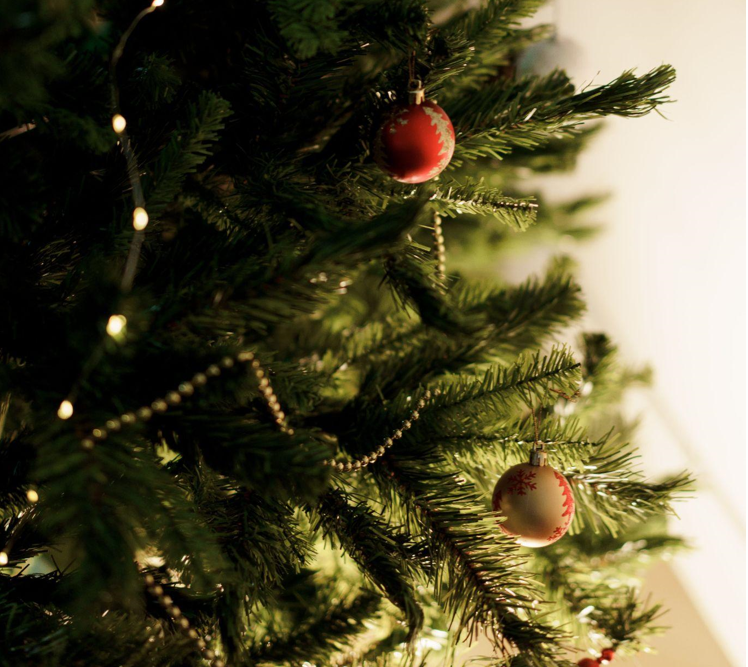
The Garland’s Symbolism
Garlands have been used as decorative elements since ancient times, serving both aesthetic and symbolic purposes. In the context of Christmas celebrations, garlands often represent the circle of life and the continuity of the seasons. They can also symbolize hope, renewal, and good luck.
The Christmas garland is the most widespread among the various types used during the holiday season. It usually consists of evergreen branches, berries, and other natural materials, often adorned with ribbons, lights, and small ornaments. The tradition of using garlands as Christmas decorations dates back to ancient Rome, where garlands were hung in homes to celebrate the winter solstice.
Twelfth Night and Garland Birthdays
One of the most exciting aspects of the Christmas garland is its association with Twelfth Night, a holiday that marks the end of the twelve days of Christmas. Twelfth Night was traditionally a time of feasting and revelry and a time to mark the beginning of the new year. Twelfth Night was also associated with birth and rebirth in many cultures, making it a popular day for celebrating naming days and childbirth.
In some parts of Europe, Twelfth Night was also celebrated as “Garland Day,” when young women would create garlands made of flowers and ribbons and wear them on their heads. The garlands were often presented to their sweethearts as a sign of affection. In some communities, the young men would reciprocate by offering the women gifts or coins.
The custom of celebrating Garland Day was prevalent in the British Isles. In some regions, it was also known as “Ganging Day” or “Going a’Garlanding.” Young men would collect money and other gifts from residents, using the garlands as a disguise. They would then use the proceeds to buy food and drink for a grand feast. Going garlanding gradually fell out of favor in the 19th century, but it is still celebrated in some parts of England, such as Castleton in Derbyshire.
In conclusion, the history of Garland Christmas traditions is fascinating, encompassing ancient rituals, seasonal symbolism, and cultural customs that have evolved over time. Whether you use garlands to celebrate the circle of life or the hope of a new year, they remain one of the most enduring and beloved symbols of the holiday season. By exploring the historical literature available through the Smithsonian Libraries about Twelfth Night, we can better appreciate the rich history behind this timeless tradition.
